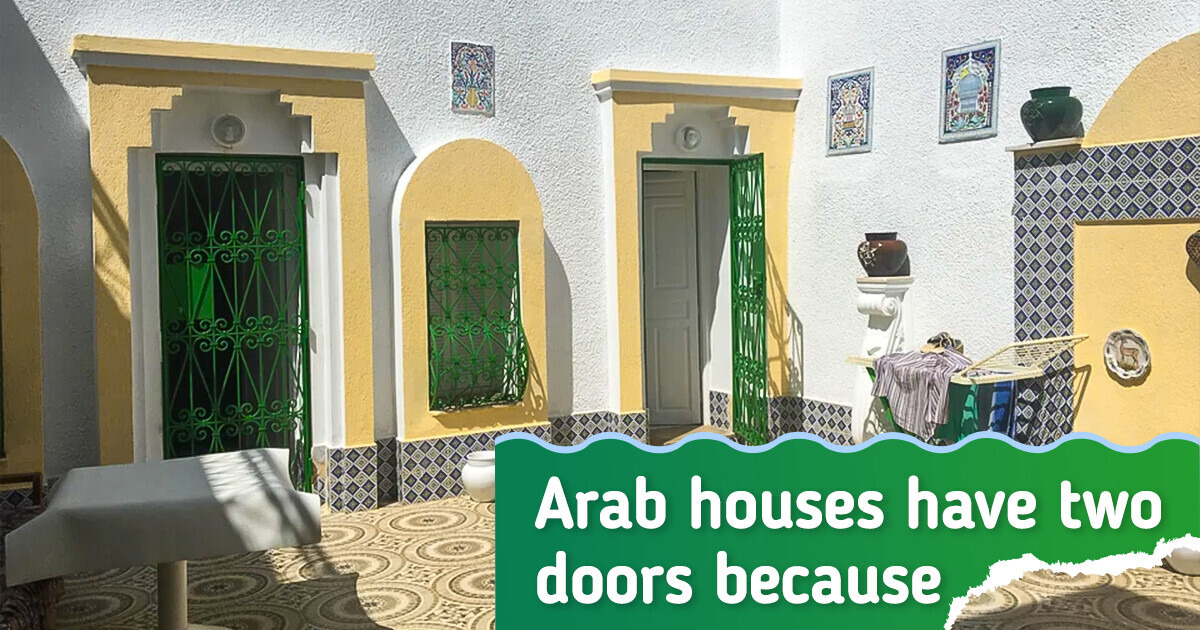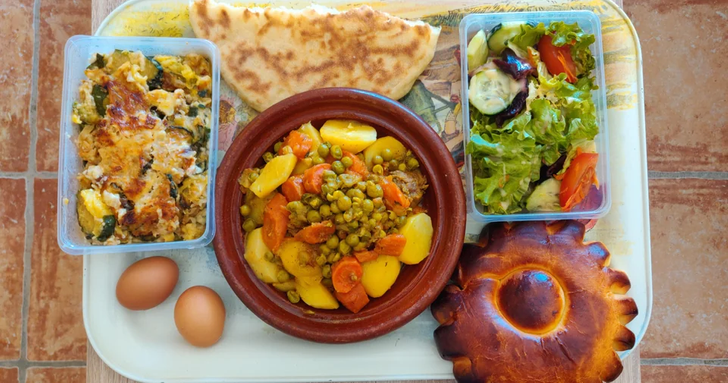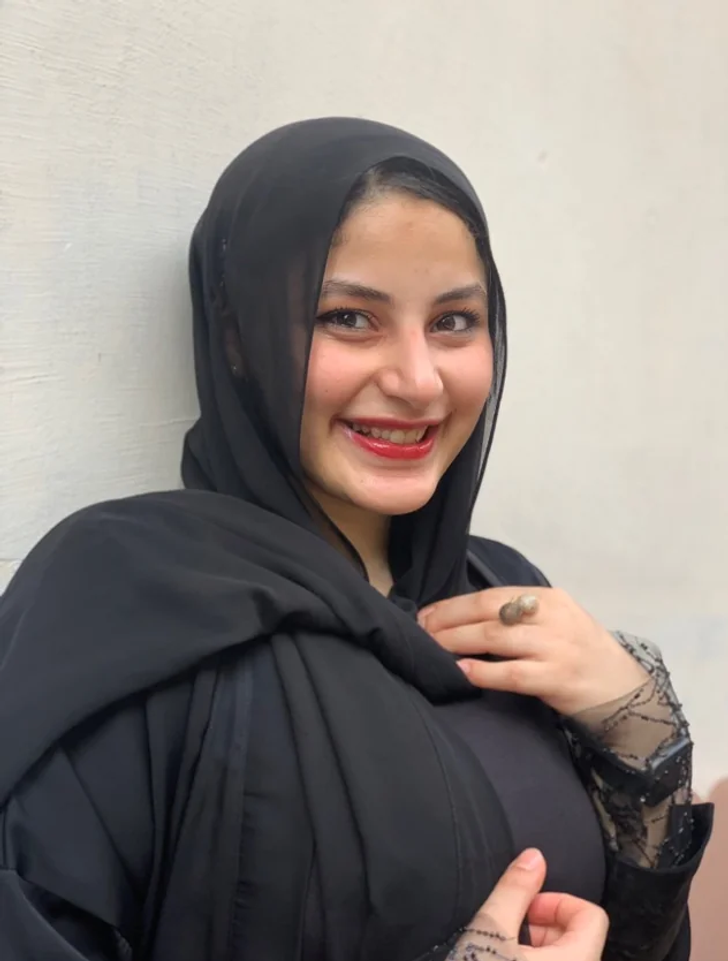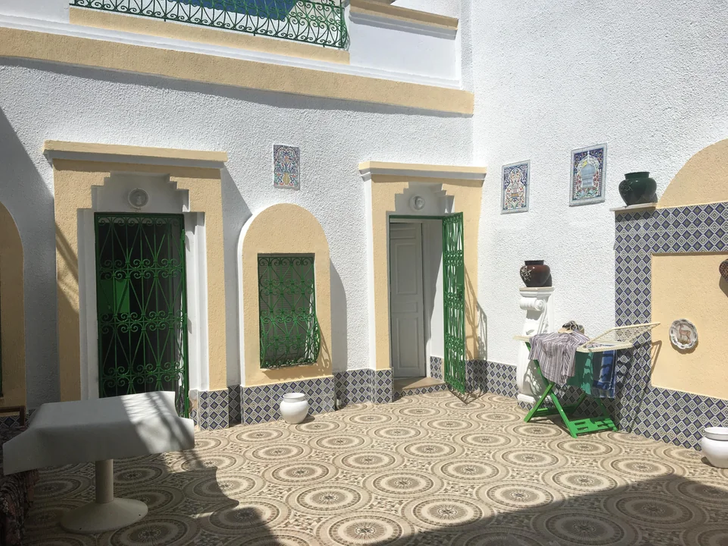It had been my favorite app. Today, I have come to know that you guys have very poor researchers in your team. Most of the information present here is totally wrong.
7 Traditions of Arab Countries You Had No Idea Existed

The Arab world englobes a vast region, stretching from Morocco in North Africa to the Persian Gulf. This area boasts a rich presence of Arab culture. Let’s learn more about it.
1. They love their food
Arabic cuisine reflects the region’s diverse heritage, and Arabic people are known for their deep appreciation of food. There is a wide variety of dishes, with preferences varying significantly across different Arabic countries. Additionally, the consumption of pork is prohibited in Islam, which influences dietary choices in the region.
2. Bride and groom celebrate their wedding seperately
Traditions vary in different countries, but an Arab bride and groom celebrate their wedding separately.
- The “male wedding” can be celebrated on a different day to the wedding of the bride. As a rule, it is very simple: tea, coffee, dinner, and communication lasting not more than 4 hours in total. The weddings of brides are celebrated much more widely in a big town hall with waiters and artists.
- The “female wedding” is an occasion to show off in diamonds, designer shoes, and evening outfits because usually all this beauty is hidden behind hijabs (or abayas) and veils. That’s the reason why only women can attend such a wedding. Men are strictly forbidden here. The staff are only women, including singers, photographers, and DJs. If a famous singer is invited to the celebration, he will see neither the bride nor the guests because he will be performing behind a screen or in the next room and broadcasting the songs to the main hall.
- The visit of the husband is announced in advance so that all the women can cover themselves with abayas. If the husband arrives with his brothers or father, then the bride is also covered with a white abaya because even the relatives of her husband can’t see her beauty.
3. Women must wear a veil
- Women should hide their bodies under loose clothes. They can wear anything under these loose clothes: miniskirts, jeans, and shorts. Many fashionable girls envy the outfits of Arab beauties. But when going out, a woman must cover herself with a loose gown to the heels and hide her face behind a veil. All because her beauty is for her husband only, and other men mustn’t see it. The exceptions are “female” celebrations and weddings where there are no men. Here, women can show off their designer collections. However, this custom is not followed everywhere, but women should cover their heads in almost all Arab countries.
- Kuwait is the only Arab country where women wear European clothes outside. Still, they should be modest and appropriate.
- Unlike Kuwait, there are countries such as Yemen and Sudan where old traditions are still on the go. Women must wear black robes hiding them fully from head to toe.
4. They write from right to left
Arabic is written from right to left, distinguishing it from Western languages derived from the Latin alphabet, which are written from left to right. This right-to-left writing pattern has historical origins.
5. They have a unique approach to lateness
People in Arabic countries are renowned for their generosity, friendliness, and hospitality. It is important for visitors to familiarize themselves with basic customs and traditions to avoid inadvertently causing offense. Furthermore, flexibility with timing is a cultural norm, with lateness generally not perceived as a sign of disrespect.
6. For them, family is the most important thing
In Arab culture, family loyalty is a deeply ingrained value, as reflected in an old Bedouin saying: "Me and my brothers against our cousins, me and my brothers and cousins against the world!".This sentiment underscores the paramount importance of family bonds. Families are the bedrock of tribal and clan relationships across numerous countries, fostering unwavering loyalties. Individuals take immense pride in their ancestral lineage, cherishing their roles within the larger tapestry of family history.
7. Privacy is a cherished cultural value
Personal matters are typically kept within the confines of the family, and speaking ill of a relative is strongly disapproved of.
This reverence for privacy is evident in the architectural design of Arab homes. Many residences feature designated areas for visitors. In smaller homes or apartments, the timing of guest arrivals is carefully coordinated to minimize encounters with family members who need not be present. In cases where this isn’t feasible, meetings often take place in cafés or other mutually agreed-upon locations.
Are there any other interesting facts about the Arab world that you know? Please do share them in the comments!
Comments
From what i know, in Islam it isnt allowed to have more than 4.. the limit is 4..
In general, the article is excellent. And the photos of the girls are well chosen.
This is the most incorrect article about women in Arabic countries I have ever read. Where did you get these information from. I am from Syria, and only part of Muslim females wear Hijab.. most women (with or without Hijab) wear casual European style clothes in their daily life activities, and the majority of women are employed. I have visited Jordan and Egypt where the case is the same. Same applies in Tunis, Algeria and Morocco. Also, when you say Hareem, it does not mean Arabic Women. It means the female section in a Sultan's palace.
Kuwait is one of 22 Arab League countries and ~30 Arabic speaking nations, of which only Saudi Arabia enforced Hijāb (head veil) by law, in others it's just traditional and religious.
؛؛؛؛
Related Reads
14 Mother-in-Law Moments That Became a Legendary Family Story

My MIL Mocked Me at My Husband’s Birthday Party—I Gave Her a Brutal Reality Check

I Refused to Babysit My DIL’s Sick Son—I’m Not His Real Grandma

A Server Humiliated My Wife During Our Family Lunch—I Made Sure Everyone Knew

11 People Who Chose Kindness Over Looking Away

11 Stories Prove It Takes a Real Superpower to Handle Rude Customers

11 Heartwarming Stories That Prove Family Is Everything

I Refused to Let Mom Move In With Me—My Privacy Isn’t Up for Debate

My DIL Excluded Me From Gender Reveal Party, Saying I’m "Not Family"—Big Mistake

I Refused to Take My Ex Back, and My MIL Made Sure I’d Regret It

My Mom Ignored Me for Years, Then Suddenly Begged Me for Help

I Refuse to Help My Homeless Mom After She Spent All Her Retirement Money on My Sister



